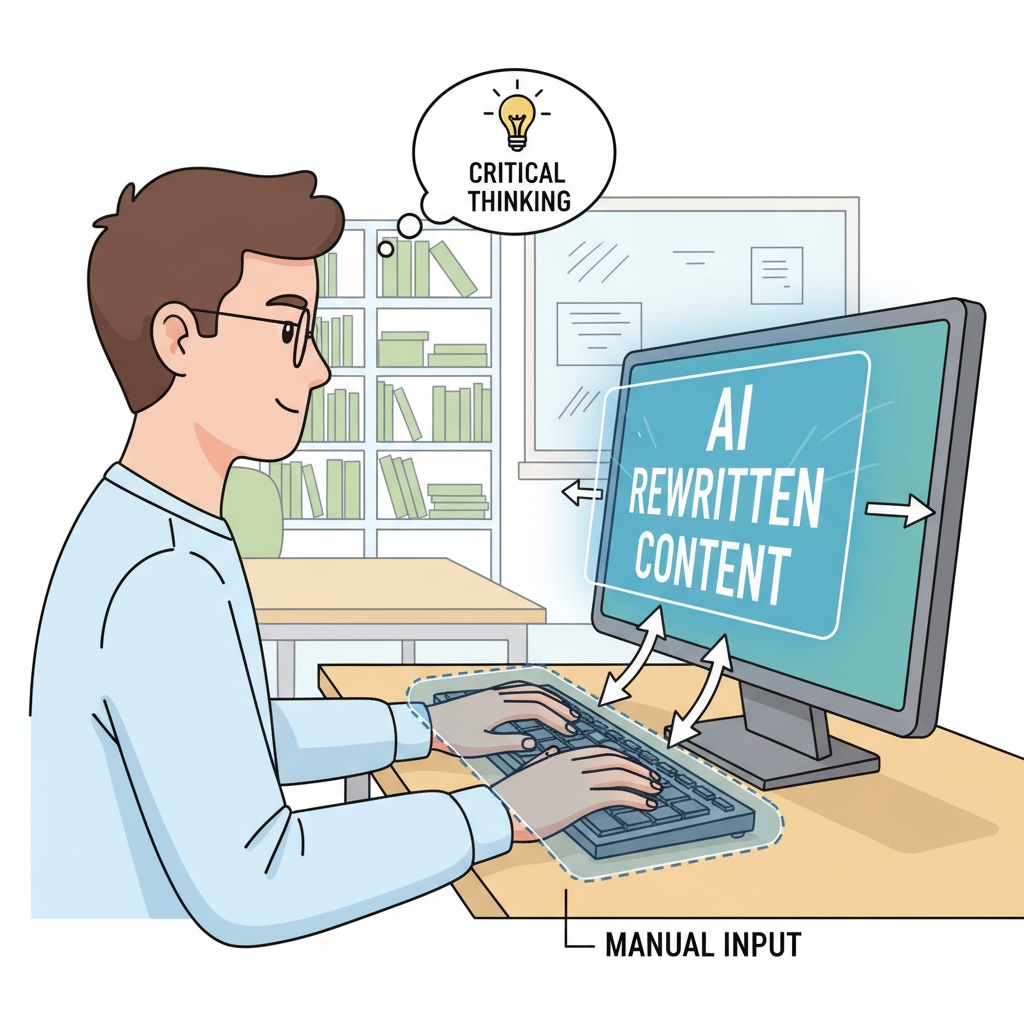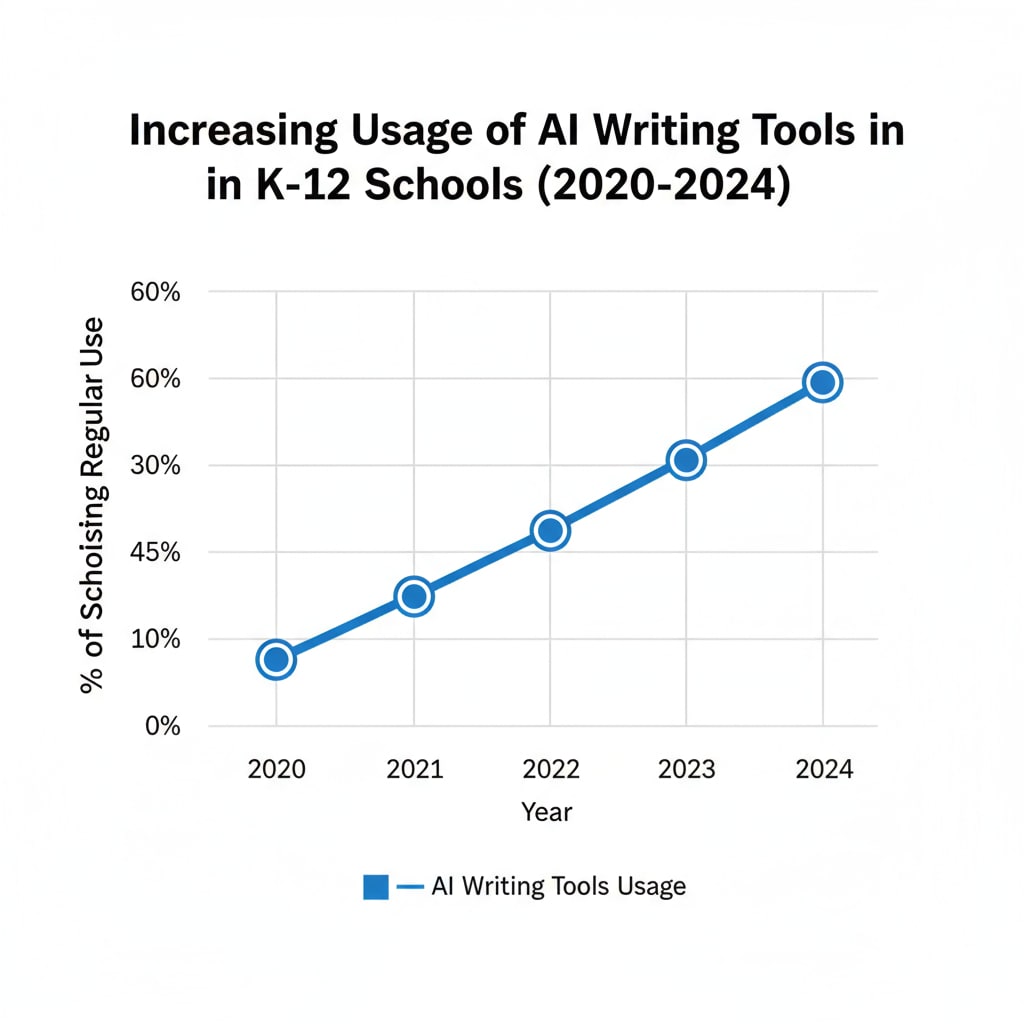AI detectors, manual input, and rewriting tools have become hot topics in the realm of K12 education as AI writing tools gain more popularity. Students might wonder if manually entering AI-revised content can bypass detection, while teachers are on the lookout for ways to accurately identify such content.

This question not only affects individual academic performance but also has implications for the overall educational integrity and assessment system.
The Rise of AI Writing Tools in K12 Education
AI writing tools have made significant inroads into K12 education. These tools can quickly generate essays, reports, and other written assignments. For example, some popular tools can analyze a given topic and produce a well-structured piece of writing within minutes. As a result, students are increasingly tempted to use them to complete their tasks more easily. Artificial intelligence in education on Wikipedia However, this has raised concerns about academic dishonesty.

The Mechanics of AI Detectors
AI detectors are designed to identify content generated by AI algorithms. They analyze various aspects such as language patterns, sentence structures, and vocabulary usage. For instance, AI-written text often has a more uniform style and less variability in language compared to human-written work. These detectors use complex machine learning models to flag suspicious content. Artificial intelligence on Britannica But do they work equally well for manually entered AI-revised content?
Manual Input vs. Copy-Pasting: Does It Make a Difference?
Some students believe that manually typing AI-generated or rewritten content can “fool” the detectors. The idea is that the act of typing might introduce small variations in punctuation, word choice, or formatting. However, recent studies have shown that AI detectors are becoming more sophisticated. They can still detect patterns in the underlying content, regardless of how it is entered. Therefore, manual input is not a guaranteed way to avoid detection.
Readability guidance: As seen above, we’ve used short paragraphs to convey key points. Each section focuses on a distinct aspect of the topic. Transition words like “however”, “therefore”, and “for example” have been used to make the flow of the article smoother. We’ve also included relevant external links to provide more in-depth information on related concepts.


